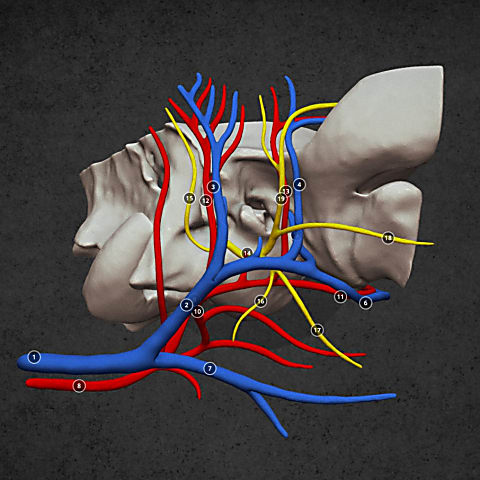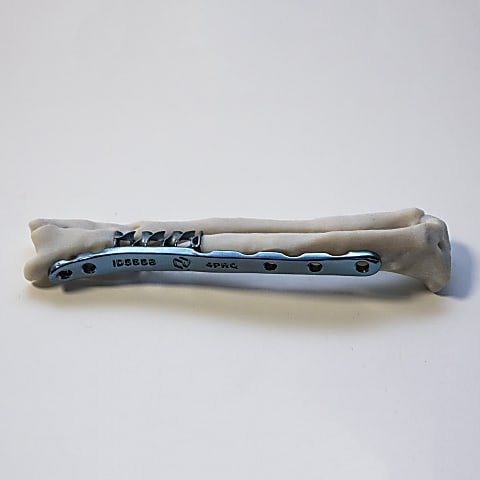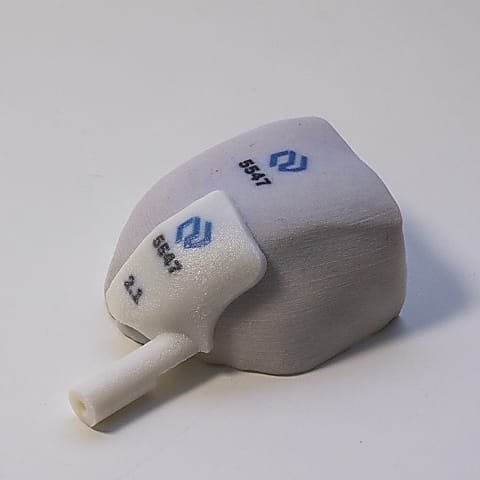The biggest advantage of 3D printing, as an additive technology, is that it gives a great freedom to the designer in creating different shapes which are too complicated, expensive or impossible to produce with the traditional, so called subtractive technologies (e.g. milling and CNC manufacturing). The vast majority of the 3D models by LimesVet can only be physically created by means of 3D printing due to their uniqueness and/or the complexity of their shape.
Nowadays home 3D printers can easily be accessed. That is why there is a widespread misbelief that 3D printing is very simple and it provides you with immediate solutions. Well, it is true in itself, but very few think about the fact that you need a lot of things before being able to press the “start” button on the printer, waiting with excitement whether you really get the result you planned.
First of all, you have to have a printable 3D model which you can create using a design software based on polygon- or NURBS-modelling. It is clearly an advantage if modellers know the principles and process of 3D printing so that they can create the digital model with this approach. If they fail to do so, preparing for printing takes much more time because the model needs to be constantly adjusted to make it printable. After the modelling process, the model is prepared for printing.
Depending on the technology chosen (FDM, SLA, DLP, SLS, DMLS, etc.) you need to apply the appropriate slicing software. The technology has to be chosen by answering the questions as to what you want to use the printed object for, what characteristics it has to have, what physical and chemical impacts it has to endure during usage. Of course, you also have to take into account that the process has to be economical, so at LimesVet we always choose the optimal solution.
Post-processing can start after printing is ready. Printing generally takes several hours (often more than 10 hours). In the cases of filament fabrication (FDM) and resin-based (SLA and DLP) technology printing we mostly use support materials which have to be removed from the original print. Post-processing after using powder-based technologies (SLS and DMLS) is primarily about surface finishing and removing excess powder. After proper post-processing, the print is ready and it can be handed over to the customer (who is responsible for carrying out the appropriate sterilisation procedure before using the print in surgery).
You can see from the above that 3D printing is not as simple and straightforward as it seems at the first glance. It requires comprehensive knowledge from 3D modelling through printing technologies to post-processing. We consciously built LimesVet so that we have all the knowledge and resources at our disposal to be able to serve our Customers as efficiently as possible.








